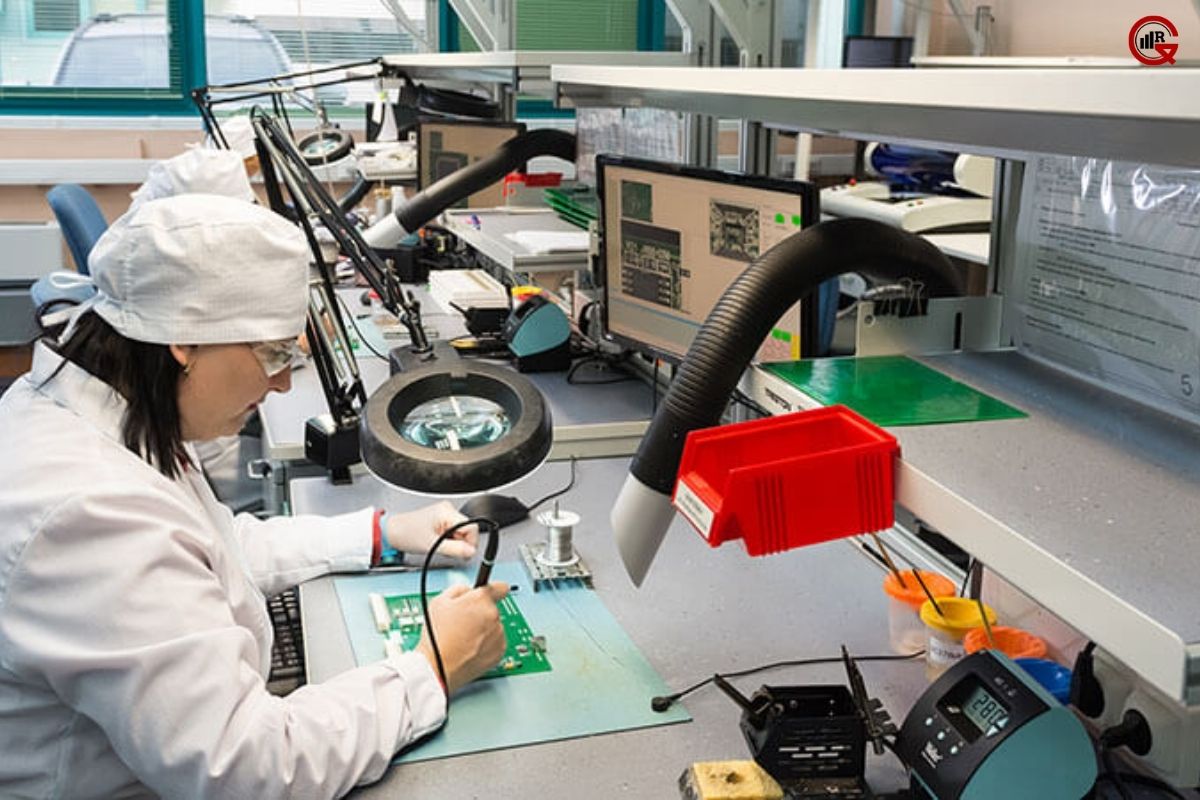(Source – Infinita Lab)
Heavy metals testing is a critical component of environmental science, public health, and industrial quality control. These tests are designed to detect and quantify heavy metals—such as lead, mercury, arsenic, cadmium, and chromium—in various matrices, including soil, water, food, pharmaceuticals, and industrial products. The presence of heavy metals in the environment and consumer products poses significant health risks, making rigorous testing essential for ensuring safety and regulatory compliance. This article explores the importance, methods, applications, and challenges of heavy metals testing.
Understanding Heavy Metals and Their Impact
Heavy metals are naturally occurring elements with high atomic weights and densities. While some heavy metals, like zinc and iron, are essential for biological functions in trace amounts, others can be highly toxic even at low concentrations. The primary sources of heavy metal contamination include industrial processes, agricultural activities, mining operations, and improper disposal of waste.
Health Risks
Exposure to toxic heavy metals can lead to severe health issues. For instance:
- Lead can cause neurological damage, particularly in children, leading to cognitive impairments and developmental delays.
- Mercury exposure is associated with damage to the nervous, digestive, and immune systems.
- Arsenic can cause skin lesions, cancer, cardiovascular diseases, and diabetes.
- Cadmium is known for causing kidney damage and bone fractures.
- Chromium compounds, especially hexavalent chromium, are carcinogenic.
- Given these risks, accurate detection and monitoring of heavy metal levels are vital for protecting public health and the environment.
Methods of Heavy Metals Testing

Several analytical techniques are employed to test for heavy metals. Each method has its advantages and limitations, depending on the matrix and required sensitivity. Key methods include:
Atomic Absorption Spectroscopy (AAS): AAS is a widely used technique for detecting metals in liquid samples. It measures the concentration of gas-phase atoms by absorbing optical radiation. AAS is highly sensitive and can detect metals at parts-per-million (ppm) levels.
Inductively Coupled Plasma Mass Spectrometry (ICP-MS): ICP-MS is a powerful analytical technique that combines a high-temperature plasma source with a mass spectrometer. It is capable of detecting metals at parts-per-billion (ppb) and parts-per-trillion (ppt) levels, making it ideal for trace analysis.
Inductively Coupled Plasma Optical Emission Spectrometry (ICP-OES): ICP-OES, also known as ICP-AES (Atomic Emission Spectroscopy), uses plasma to excite atoms and ions, causing them to emit light at characteristic wavelengths. This method is effective for multi-element analysis and is commonly used for environmental and industrial samples.
X-Ray Fluorescence (XRF): XRF is a non-destructive technique that uses X-rays to determine the elemental composition of materials. It is suitable for solid samples and is widely used in the field for rapid screening of heavy metals in soil and industrial products.
Electrochemical Methods
Electrochemical techniques, such as anodic stripping voltammetry (ASV), are used for detecting heavy metals in water. These methods are sensitive and can be used for in-situ monitoring.
Applications of Heavy Metals Testing
Heavy metals testing has broad applications across various industries and sectors:
Environmental Monitoring
Monitoring heavy metal levels in soil, water, and air is crucial for assessing environmental pollution and implementing remediation strategies. Regulatory bodies set limits for permissible heavy metal concentrations to protect ecosystems and human health.
Food Safety
Heavy metals can enter the food chain through contaminated soil and water. Testing food products for heavy metals ensures that they meet safety standards and do not pose health risks to consumers. The food industry must comply with regulations set by agencies such as the FDA and EFSA.
Pharmaceutical products must be tested for heavy metal contamination to ensure their safety and efficacy. The USP <232> and <233> guidelines provide specific limits and procedures for elemental impurities in pharmaceuticals.

Industrial Quality Control
Manufacturing processes can introduce heavy metals into products, necessitating stringent quality control measures. Testing raw materials, intermediate products, and finished goods helps ensure compliance with safety standards and regulations.
Water Quality
Testing drinking water for heavy metals is essential for public health. The EPA sets maximum contaminant levels (MCLs) for various heavy metals in drinking water. Municipal water supplies and private wells must be regularly tested to ensure safe water quality.
Challenges in Heavy Metals Testing
Despite advancements in analytical techniques, heavy metals testing faces several challenges:
Sample Preparation
Preparing samples for analysis can be complex and time-consuming, particularly for solid matrices. Accurate sample digestion and extraction are critical for reliable results.
Matrix Interference
Different sample matrices can interfere with the detection of heavy metals. For example, high levels of organic matter in soil can affect the accuracy of some analytical methods. Overcoming matrix effects requires careful method development and validation.
Regulatory Compliance
Keeping up with evolving regulations and ensuring compliance can be challenging for industries. Different regions may have varying standards and limits for heavy metal concentrations, necessitating a thorough understanding of relevant guidelines.
Cost and Accessibility
Advanced analytical techniques like ICP-MS and AAS require expensive equipment and skilled operators. Access to these technologies can be limited in resource-constrained settings, impacting the ability to conduct comprehensive testing.
Future Directions
The field of heavy metals testing is continuously evolving, driven by the need for more sensitive, accurate, and cost-effective methods. Innovations in sensor technology, miniaturization, and automation are paving the way for real-time and on-site testing capabilities.
Portable and Field-Deployable Instruments

The development of portable instruments, such as handheld XRF analyzers and electrochemical sensors, is enabling on-site testing with rapid results. These tools are particularly valuable for environmental monitoring and industrial applications.
Advanced-Data Analysis
Integrating advanced data analysis techniques, including machine learning and artificial intelligence, can enhance the interpretation of complex data sets, improving the accuracy and efficiency of heavy metals testing.
Green Analytical Chemistry
There is a growing emphasis on developing environmentally friendly analytical methods that minimize the use of hazardous chemicals and reduce waste. Green chemistry principles are being applied to make heavy metals testing more sustainable.
Conclusion
Heavy metals testing is an indispensable part of ensuring environmental safety, public health, and industrial quality. As the understanding of heavy metal toxicity and environmental impact deepens, the demand for accurate and reliable testing methods continues to grow. By addressing current challenges and embracing technological advancements, the field of heavy metals testing will continue to evolve, contributing to a safer and more sustainable world.






